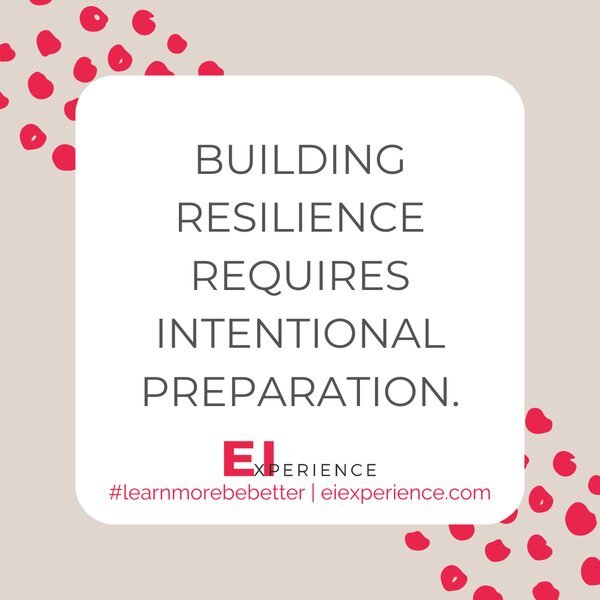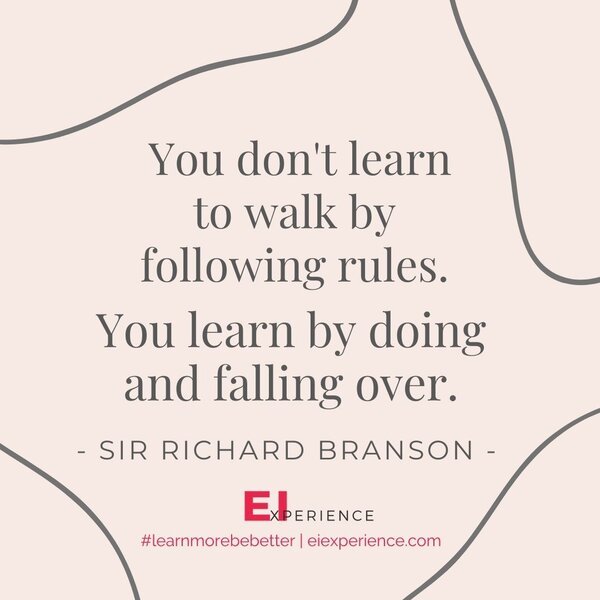
How to Attract and Retain Young Talent
You’ve been advertising a position at your company for months but haven’t been able to find the perfect person for the job. Interviews, recruitment, advertising, and scouting take a lot of time and energy, but you continue to persevere through the fatigue until you’ve found the right individual for the job. At last, you meet the ultimate applicant! During the interview, they ask thoughtful and critical-thinking questions about your organization, appear motivated about the position, and are fully qualified and highly skilled. A huge weight has been lifted off your shoulders…but when you contact the applicant to inform them of your decision to hire them, they refuse your job offer. They don’t believe the company is a “suitable fit” for them. At this point, you’ve lost a valuable candidate, and you’re forced to either start back at square one and continue the hunt or hesitantly offer the job to the second choice prospect. Cue the weight on your shoulders.

The War For Talent
Almost 28.6 million baby boomers—those born between 1946 and 1964—retired in the third quarter of 2020. However, there are simply not enough post-baby-boom employees to fill the gap of baby-boom retirements in the U.S. and Europe. In 2019, 83% of HR professionals claimed they were persistently struggling to recruit suitable job candidates. Companies are battling against each other in the War for Talent in the hopes of recruiting qualified young workers for their organizations. But we’re here to help your company attract young talent and retain young employees in the long run.
How to Attract and Retain Young Talent
Offer Employee Development
High-achieving young workers naturally desire training, mentoring, and coaching. Yet, many of them are not gaining the professional development opportunities they crave from their companies, which drives early exits and high turnover rates. Not only will you lose valuable expertise and knowledge, but you must endure the expensive cost of replacing employees. By describing possible development opportunities and showing genuine interest in their intellectual development and future, young employees will feel appreciated and more loyal to the company, which is a big step in retaining valuable talent. Additionally, providing training to help develop and grow your young workers will ensure you are cultivating a competitive workforce.
To appeal to hungry and talented young prospects, consider the following to encourage continuous employee development:
- Hard and Soft Skills Building Programs
- Emotional Intelligence Training
- Leadership Development Programs
- Mentorship and Coaching

Engage the Young WorkforcE
Leaders have always struggled to engage their workforce, but there’s more at stake when it comes to engaging young employees. For instance, Millennials are the least engaged generation in the workplace, with only three in 10 who are emotionally and behaviorally attached to their job and company. And this isn’t helping your company’s financial position—Gallup reports that it costs the U.S. economy $30.5 billion each year due to Millennial turnover costs. When building genuine connections and developing meaningful engagement, leaders must first identify the gaps that prevent them from engaging their teams. Then, leaders must use emotional intelligence to bridge these gaps and build a psychologically safe work environment where employees feel their opinion counts, their voice is heard, and they are a part of something larger than themselves. Leaders must recognize that engagement is built on trust, and once you engage your young workforce, you’ll get loyalty, productivity, and retainment in return.
Promote a Strong Organizational Culture
Almost 50% of Gen Z respondents revealed they would be reluctant to take a full-time job that matched their skills but not their values. Young generations prioritize values, especially when looking for a job. A strong corporate culture can operate as a magnet, attracting skilled individuals and giving you an edge over competitors when hiring the best talent. To determine if your organization already has a thriving corporate culture, particularly one that is driven by emotional intelligence, ask yourself the following yes/no questions:
- Are there several strong interpersonal relationships within your organization?
- Do your workers have a sense of self-fulfillment?
- Is everyone in the company conscious of their own emotions and the emotions of others around them?
- Does the senior management team manage stress well?
- Is there a practice of open communication between employees and their superiors?
If you answered “No” to at least 3 of the questions, it’s time to start building a solid corporate culture in your company—and it starts with emotional intelligence.

Use Emotional Intelligence to Recruit the Right People
An employee’s mentality, work ethic, communication, problem-solving, and stress-management skills are typically unknown to a leader until they begin their new job. So, how can you tell if the person you’re interviewing for a job has these crucial skills?
Although resumes provide us with a glimpse into prospective employees, forward-thinking organizations know that what is critical for success is not written on carefully curated resumes.
As a leadership and emotional intelligence training company that focuses on recruitment, evaluation, and developing employees, we understand the difficulties of combating a high turnover rate and the stress of attracting and retaining new prospects that will stay with your company. In fact, Gallup reports that it costs the U.S. economy a trillion dollars every year due to voluntary turnover.
The success of an organization relies on hiring candidates who are or have the potential to be exceptional leaders. People with strong leadership skills are found to have high levels of EI, making it an essential element for business leaders, managers, and entrepreneurs. HR professionals insist that while a high IQ might get someone hired, a high EQ will get them promoted! Rather than waiting to see if your candidates have a high EQ, why not test for it in the interview. By utilizing emotional intelligence interview questions, you can ask the candidates situational questions, which will cut to the heart and quickly reveal their competency level for whichever EQ skills you are looking for. If you need some inspiration, download our free emotional intelligence interview questions to help you on your search.
If you need help hiring, attracting, and retaining young talent, book a call with us here; we’d love to listen and provide support in any way we can.
To learn more about emotional intelligence and how it impacts your organization, sign up for our biweekly newsletter here, where you will receive our latest updates, an inventory of resources, and much more!
Don’t forget to follow us on Twitter, Facebook, Instagram, or Linkedin to keep up with our latest blogs!
















